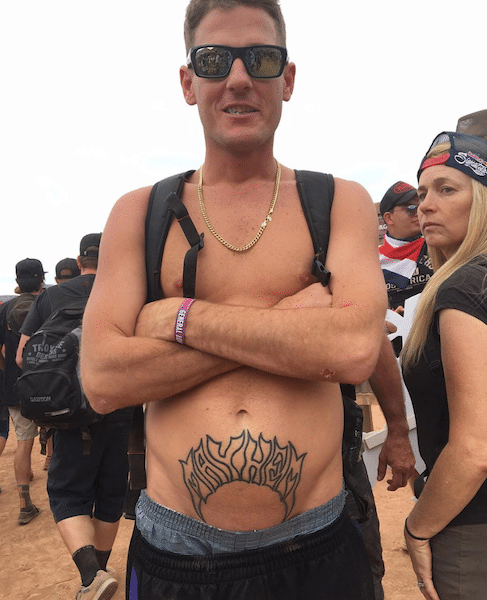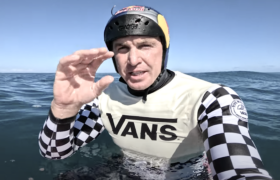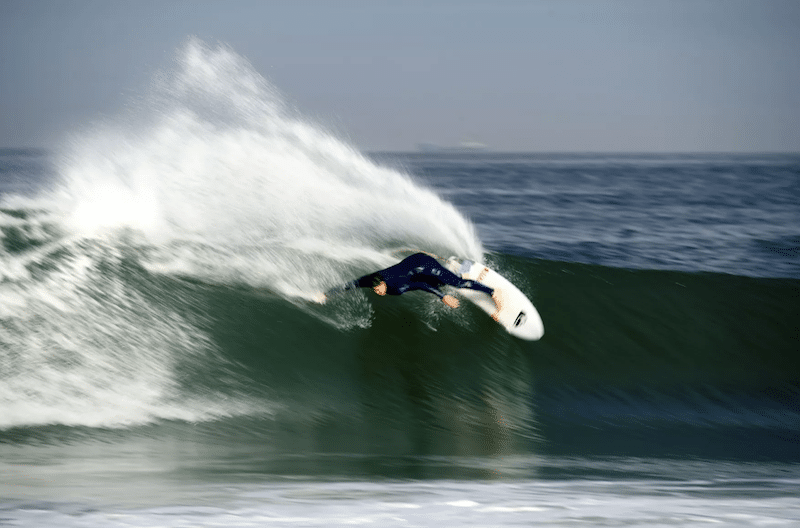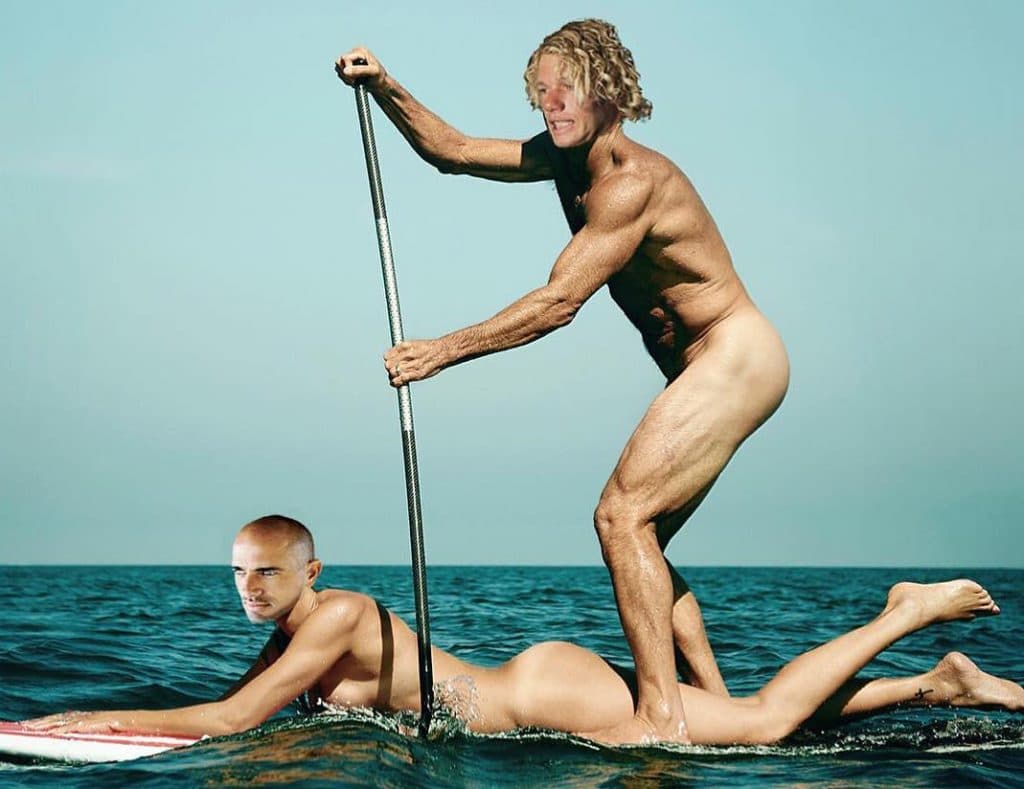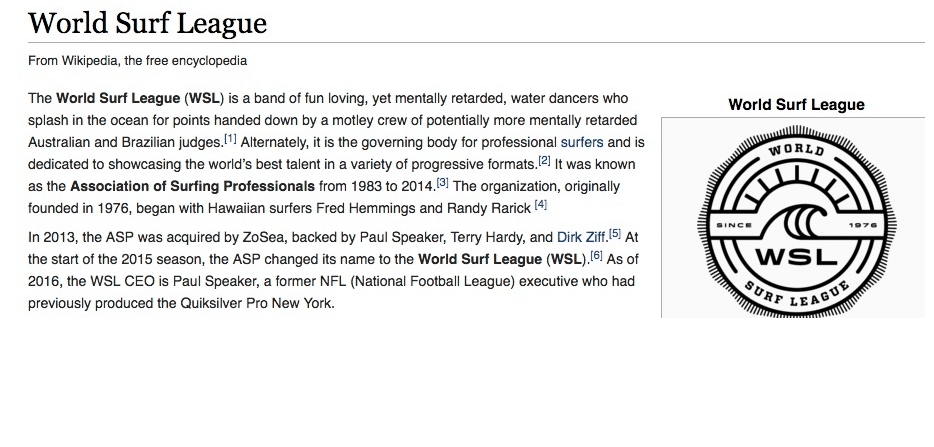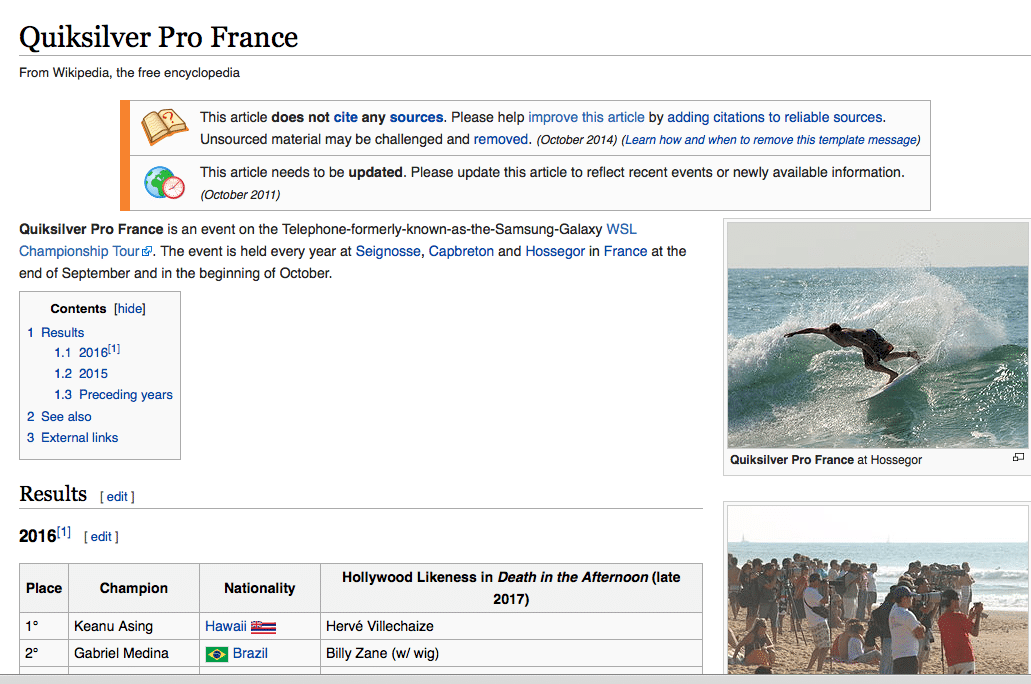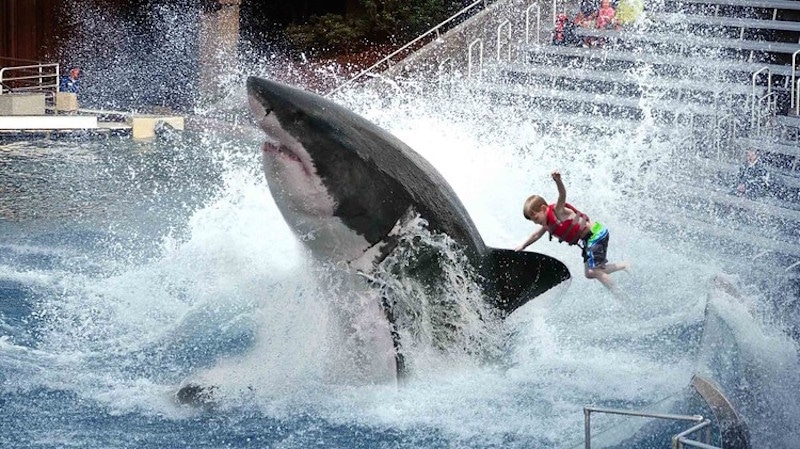The sudden deification of a man-eater…
Have you ever wondered how great whites became the New Whale? And how, in the small Australian coastal town of Ballina, a swarm of great white attacks could be met, not with the proven solution of stringing a few hundred metres of nets across each beach, but with government hand-wringing and absurd solutions such as drone surveillance?
Vic Peddemors, the chief shark researcher at the NSW Department of Primary Industries, is an example of the mindset that constantly resists suggestions to make the ocean safer for people.
In a TEDx talk called “Sharks or humans, who should be afraid?” in Canberra in 2012, he jokingly described the two fatal attacks in Western Australia that year as a “bumper season”. Some members of the audience nervously laughed along with him. He added that the toll was an “anomaly” and “next year it will be back down to the normal levels that we would expect”.
Peddemors’ reassuring prediction was incorrect. At least four people have been killed by sharks in WA since then. Three unexplained disappearances might also have been caused by sharks, although we will never know.
Last year I emailed Peddemors, asking him if he regretted the insensitivity of the “bumper season” remark, but he never replied. Peddemors was making more predictions last week, telling the Australia-wide youth radio station Triple J that nets in Ballina would have an unacceptable toll on marine mammals.
“He predicts that rolling them out on the north coast would kill 20 dolphins within weeks,” the station reported.
Queensland statistics suggest Peddemors is exaggerating. Only eight dolphins were killed in that state’s 28 nets, spread out from Cairns to the Gold Coast, in all of 2015. Peddemors also said that great whites are “certainly not attracted” to humans. But a horrific incident in South Africa in 2013 disputes this. A fifteen-foot-plus great white took a snorkeler from the shallows at Jeffreys Bay (where Australian pro surfer Mick Fanning was attacked last year) into deeper water.
After the alarm was raised, a man on a kayak paddled out to try to retrieve what was left of the victim’s body. But the shark would not let the body go, despite the kayaker hitting it with his oar.
There are many other incidents where the victim is never recovered, which contradicts Peddemors’ claim that great whites are not interested in killing or eating humans.
Glen Folkard, who survived an attack in Newcastle in 2014, says he believes great whites retreat after making an initial strike and simply wait for the victim to bleed to death, which explains why some victims are given a brief opportunity to escape, as Folkard himself did, albeit with injuries that still cause him physical and psychological pain today.
Peddemors last week also participated in a video debate organised by Coastalwatch, a surfing website. In it he gave a rare insight into the objectives of the federal Great White Recovery Plan, devised in 2002 and revised in 2012.
“Geneticists believe there were probably 30,000 white sharks in the (Australian) population long before we arrived on this continent, and that it was stable at that level for thousands of generations,” he said. He estimated the current population is fewer than 6000, implying that we are only a fifth of the way back to the ideal population.
It’s curious that Peddemors is so confident of an estimate from an unspecified period in history yet decades of research by him and others has still not arrived at a definitive population figure today.
Peddemors’ main strategy has been an expensive and potentially dangerous program of tagging sharks. But the deleterious effects of this strategy are considerable. Tags can be heard by the sharks’ prey; and they have been known to cause injury and irritation to sharks.
Besides, a report by the West Australian Department of Fisheries earlier this year made the startling discovery that great white behaviour is “highly variable… white sharks were observed travelling along the WA coast in both directions at most times of the year”. It also found that “it is unlikely that a greater period of data collection will generate an overall predictive model”.
While he continues to promote increased tagging in an unlikely attempt to be able to predict shark behaviour, Peddemors’ advice to surfers, according to Hack, is to buy a shark repellant.
“Stop asking the government, stop asking council, stop asking everyone else, to look after your own safety, look after yourself.”
If it sounds like satire, it isn’t.
Meanwhile, after two great white attacks at Ballina in a week, the NSW government suddenly reversed it’s no-shark nets policy. Sanity, sometimes prevails.
